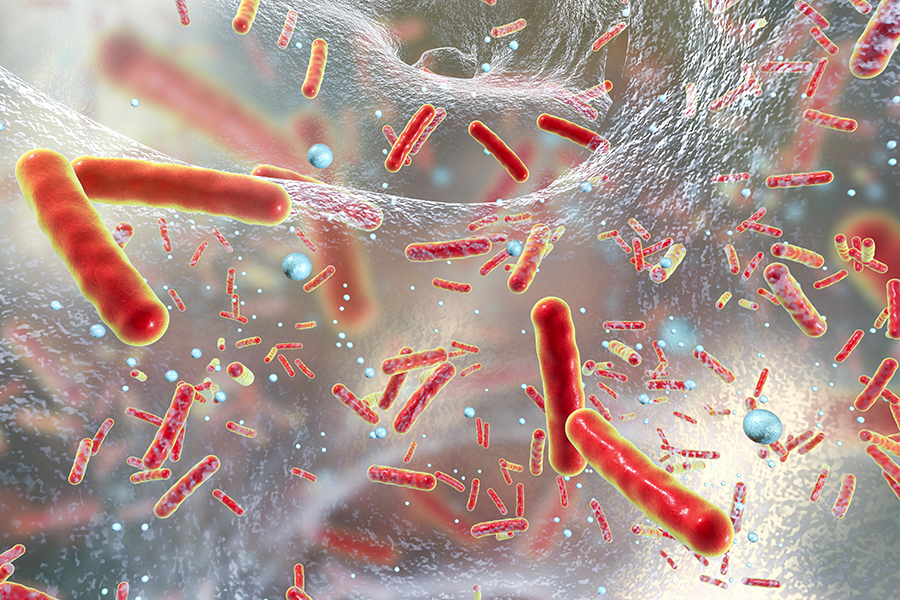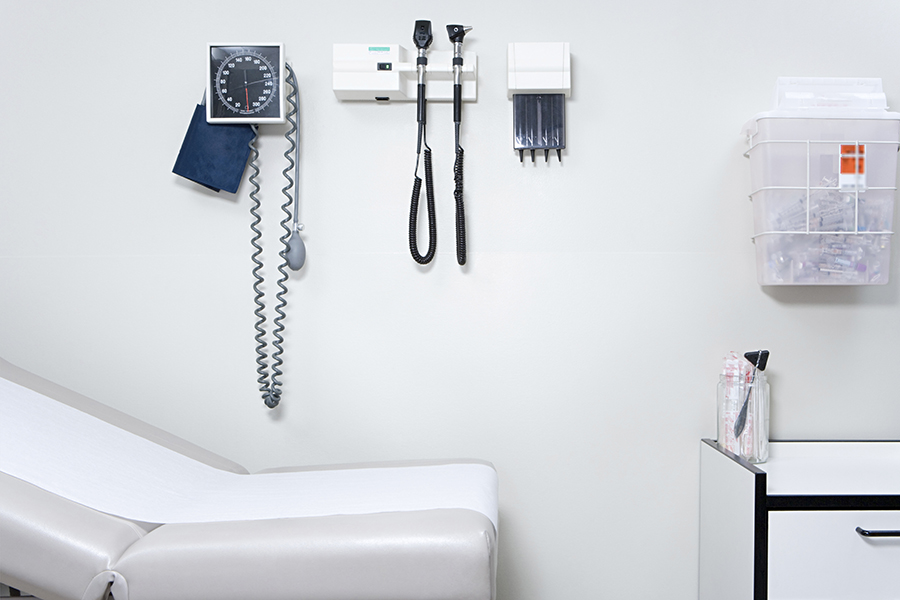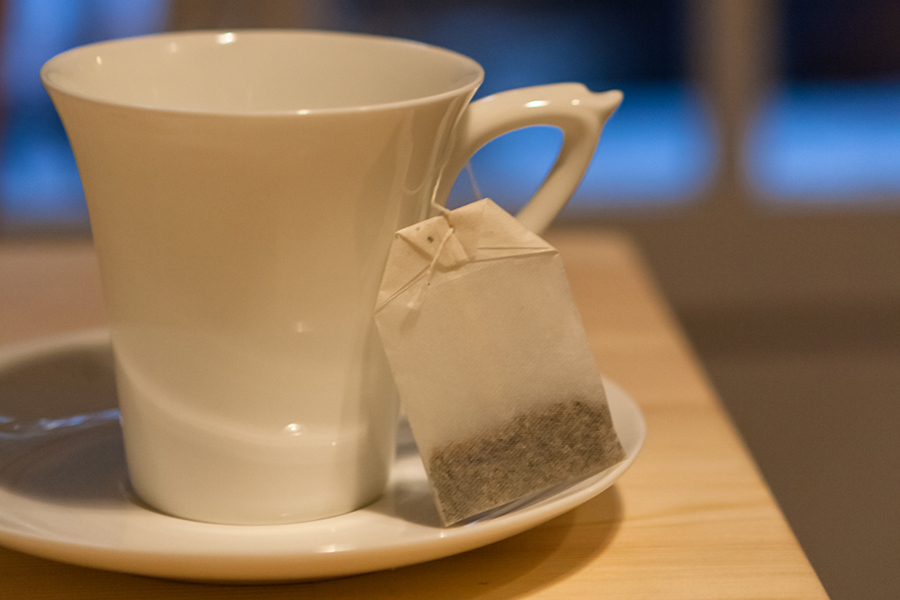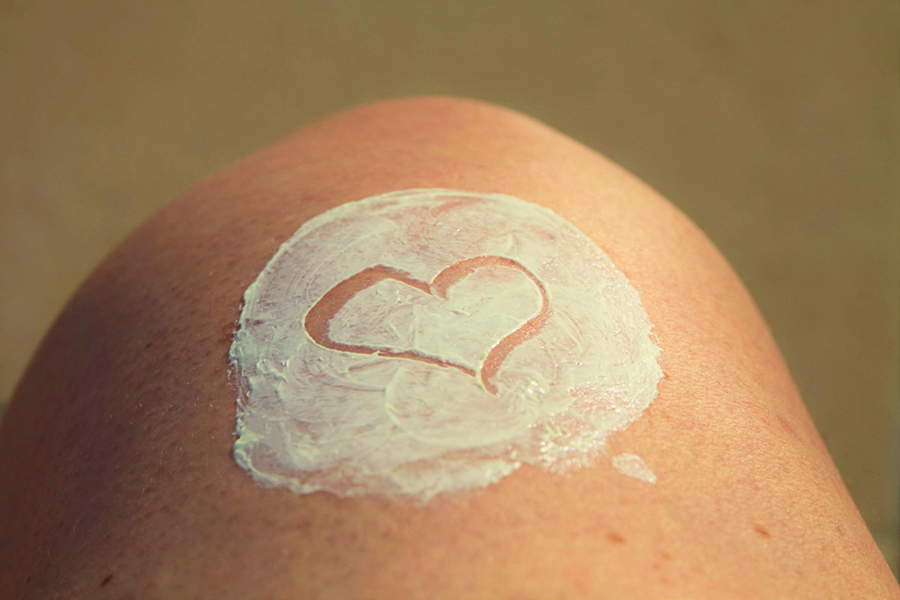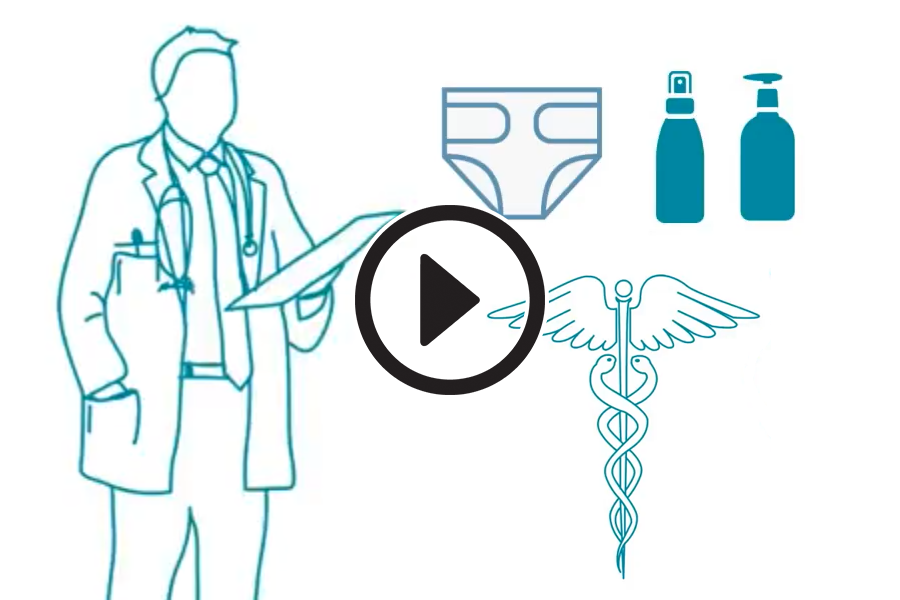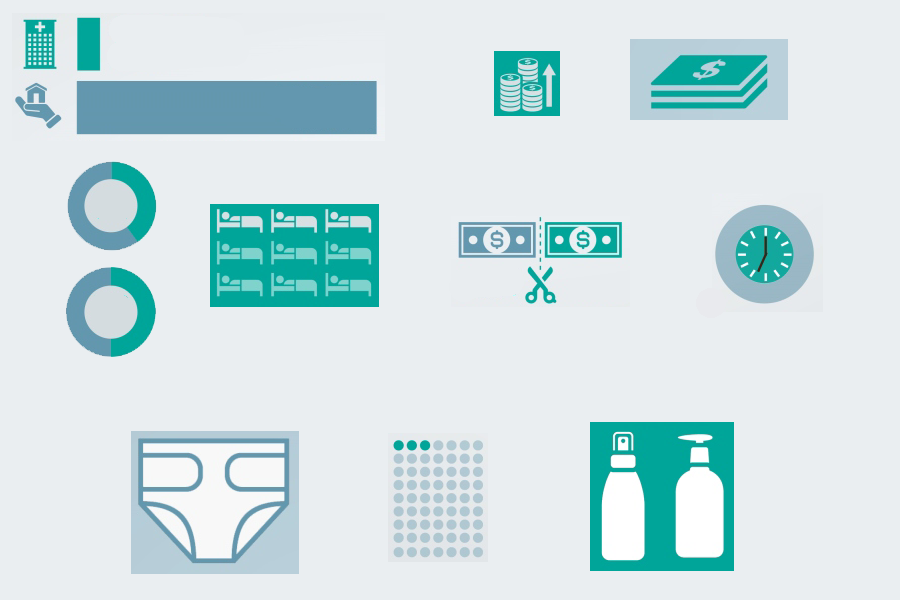This July, Shield HealthCare is celebrating UV Safety Awareness Month. Summer is a wonderful time to enjoy outdoor activities with loved ones, and physical activity is important for good health! Too much sunlight however, can be harmful to your skin. Follow these three easy steps to reduce your risk of skin cancer and protect your skin from UV rays this summer.
 Stay in the Shade
Stay in the Shade
Just staying in the shade can drastically decrease your chances of developing skin cancer. The American Cancer Society estimates that one American loses their life to skin cancer every 60 minutes, and an estimated 76,000 new cases of malignant melanoma, the most dangerous form of skin cancer, will be diagnosed in the United States this year. “Malignant” means to get progressively worse, and “melanoma” is the cancer relating to the cells of the bottom layer of the epidermis. Fortunately, most cases can be treated and controlled with early detection. Simply staying in the shade is one of the best ways to limit your UV radiation exposure while still enjoying the outdoors.
An obvious but very important way to limit your exposure to UV light is to avoid being in direct sunlight too long. This is particularly important between the hours of 10 am and 4 pm, when UV light is most dangerous. If you are unsure how strong the sun’s rays are, use the shadow test: if your shadow is shorter than you are, the sun’s rays are at their strongest, and it’s important to protect yourself. It is important to us sunscreen even on cloudy days, because UV rays still penetrate clouds.
Be especially careful on the beach or in areas with snow. Sand, water, and snow reflect sunlight, increasing the amount of UV radiation you receive. If you plan to be outdoors, take a few minutes to check the UV Index for your area. The UV Index is often found in local newspaper, TV, radio, and online forecasts. You can also find the UV Index for your area on the EPA’s website at www.epa.gov/sunwise/uvindex.html, and even in smartphone apps.
 Cover Up
Cover Up
When you know you are going to be out in the sun, wear clothing that will protect as much of your skin as possible. Clothing provides different levels of UV protection depending on its weave, color and other characteristics. Plan to wear long-sleeved shirts, long pants, or long skirts which can cover most of your skin and are the most protective. In most cases, dry fabric and darker colors will provide more protection from the sun than wet fabric or lighter colors.
Look for clothing that’s lightweight, comfortable, and protects against UV exposure even when wet. Clothing that has been designed to be sun-protective may have a label that explains how much protection the garment provides from the sun’s UV rays, which can range from 15 to 50+. The higher the UV protection factor (UPF), the greater the protection.
 Always Use Sunscreen
Always Use Sunscreen
Sunscreen is an important skin care product that helps to protect your skin from the sun’s UV rays, but keep in mind that sunscreen is just that: a screen or filter from the sun that does NOT block all of the sun’s UV rays. Sunscreen should not be used as a way to prolong your time in the sun. Even with proper sunscreen use, a percentage of UV rays will still penetrate your skin and harm you with prolonged sun exposure.
Sunscreens are available in many different forms, including lotions, gels, ointments, creams, sprays, wipes, and lip balms. Some cosmetics may also be considered sunscreen products if they contain sunscreen, such as moisturizers, lipsticks and foundations. However, makeup without added sunscreen does not protect your skin from the sun.
When choosing a sunscreen product, take a few minutes to read the label. The American Academy of Dermatology recommends sunscreens that are water resistant, provide broad spectrum protection (protect against both UVA and UVB rays), and that have a sun protection factor (SPF) of 30 or higher. Sunscreens need to be reapplied at least every 2 hours, and after swimming and sweating to maintain protection. Sunscreens labeled with a higher SPF provide greater protection from the sun, but they still need to be applied as frequently as sunscreen with a lower SPF.
What is SPF (Sun Protection Factor)?
UVB rays are the primary cause of sunburn. The SPF number on sunscreen indicates the level of protection that it provides against these rays. SPF 15 sunscreens filter out about 93% of UVB rays, while SPF 30 sunscreens filter out about 97%, SPF 50 sunscreens filter about 98%, and SPF 100 filter about 99%. However, no sunscreen protects you completely from UVB rays.
For more information about skin cancer and sun safety, visit the American Cancer Society and the United States Environmental Protection Agency, which provided source information for this article.
Shield HealthCare | Medical Supplies For Care At Home Since 1957










